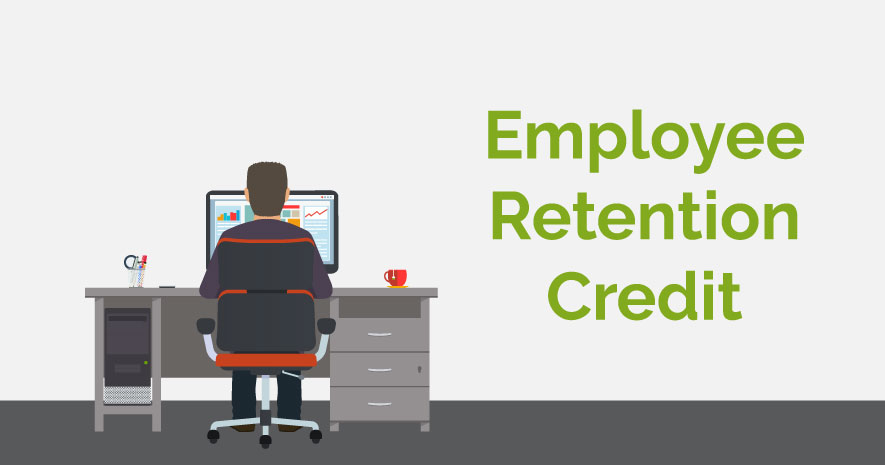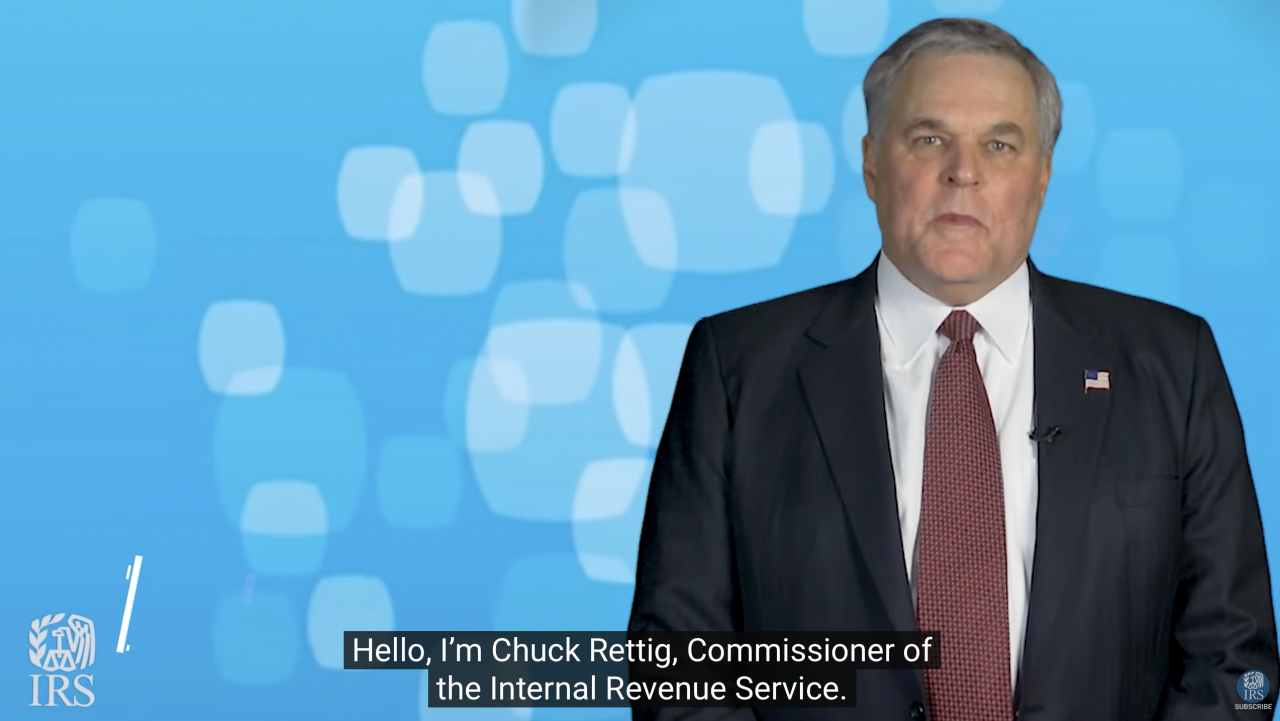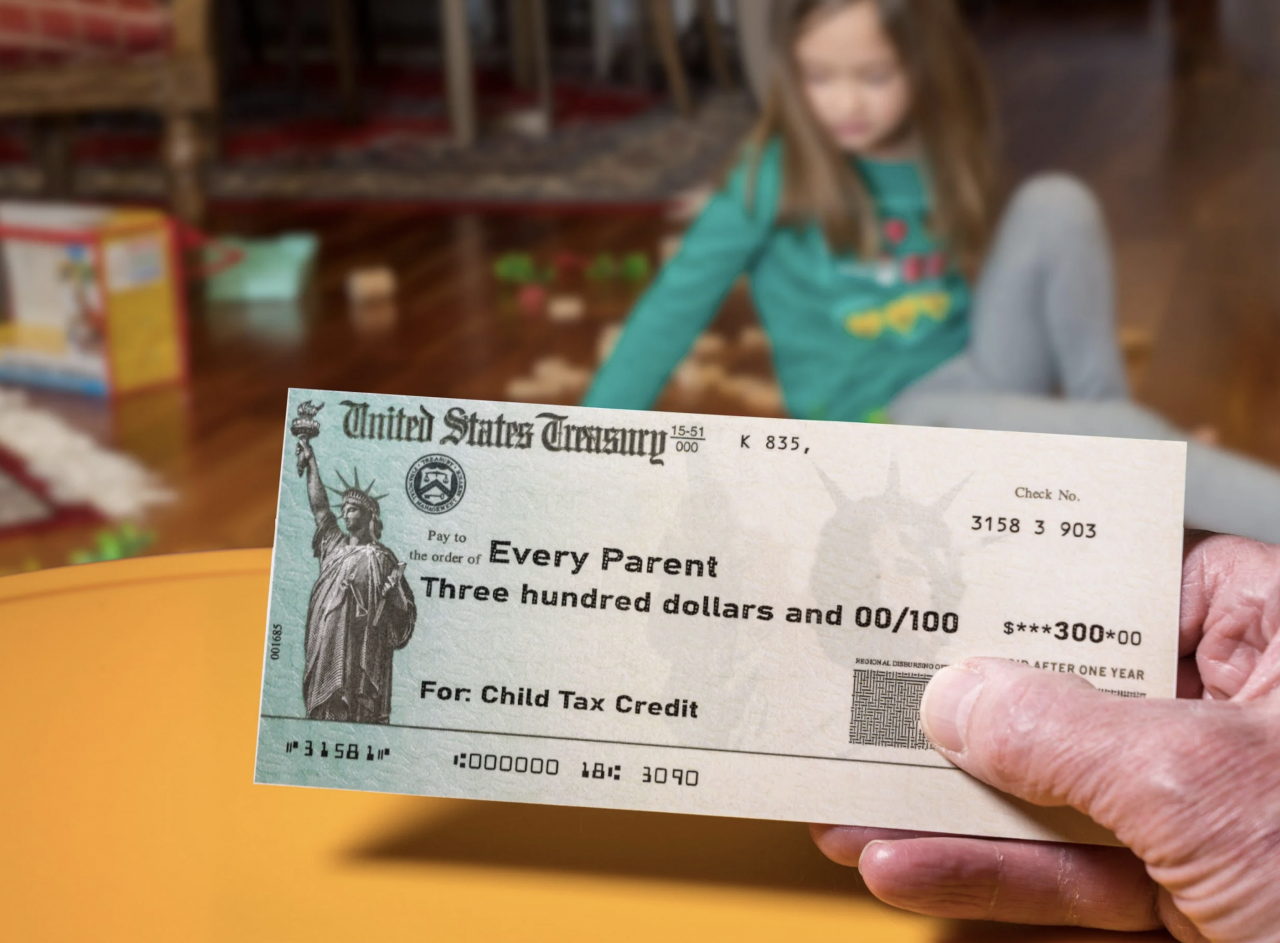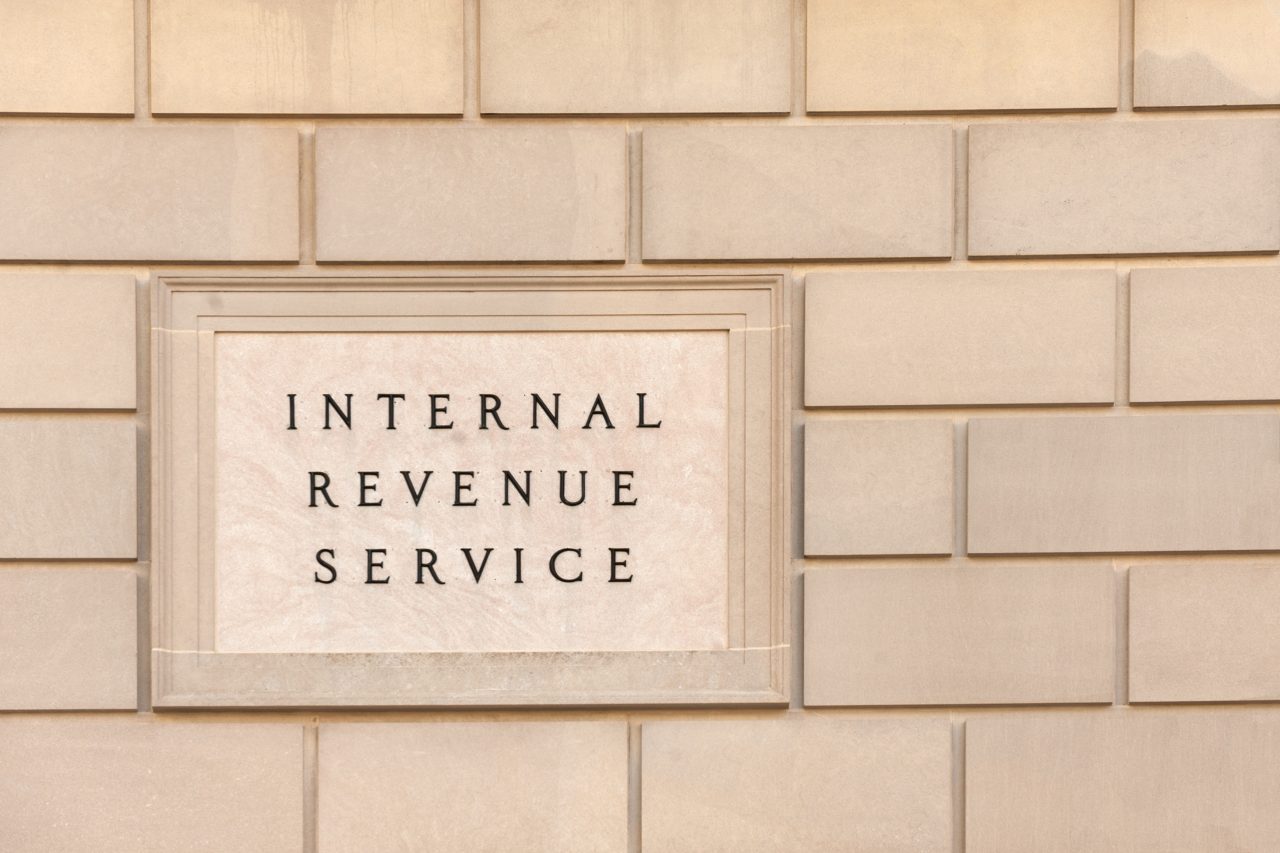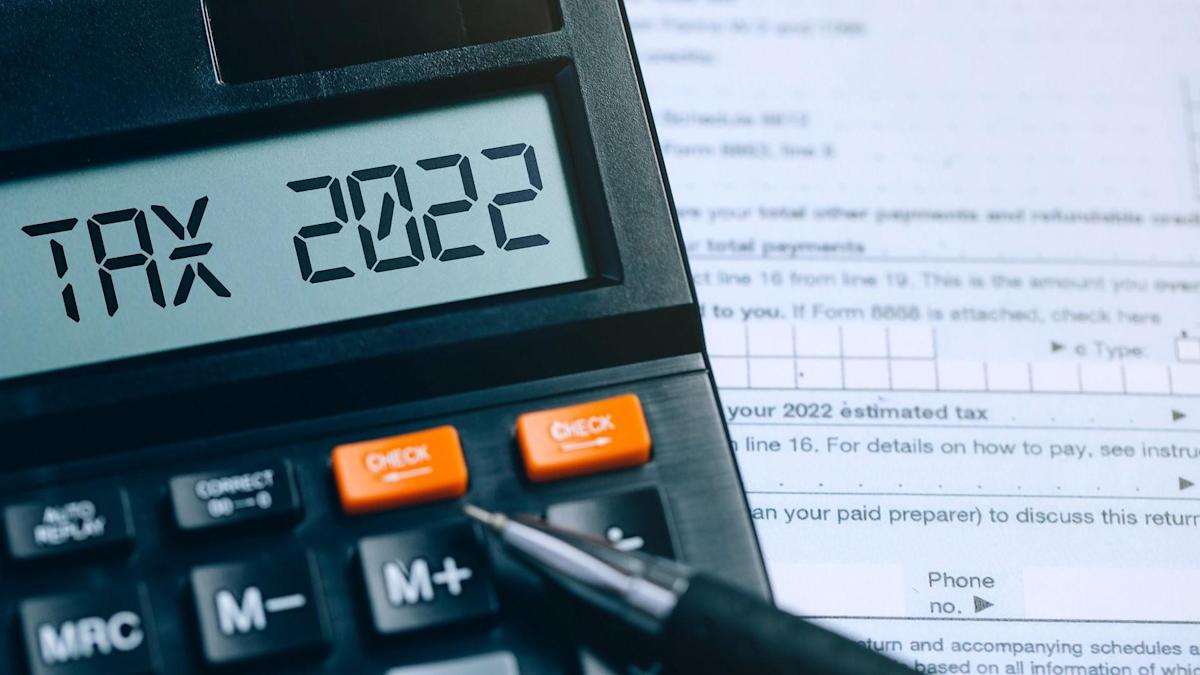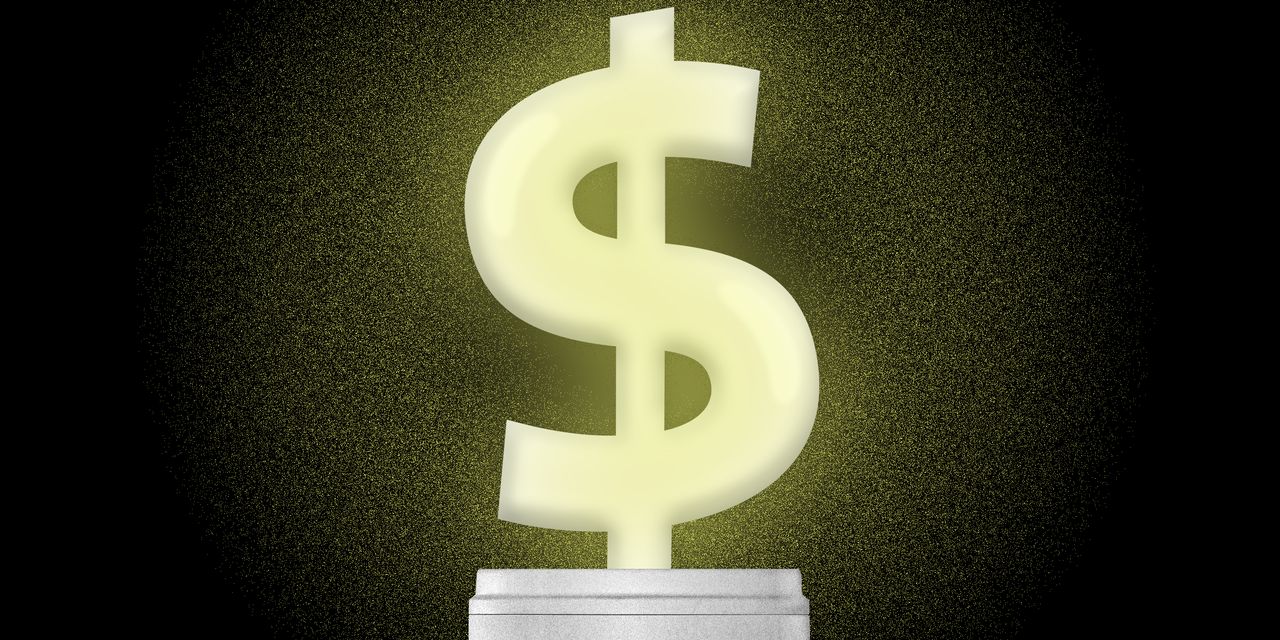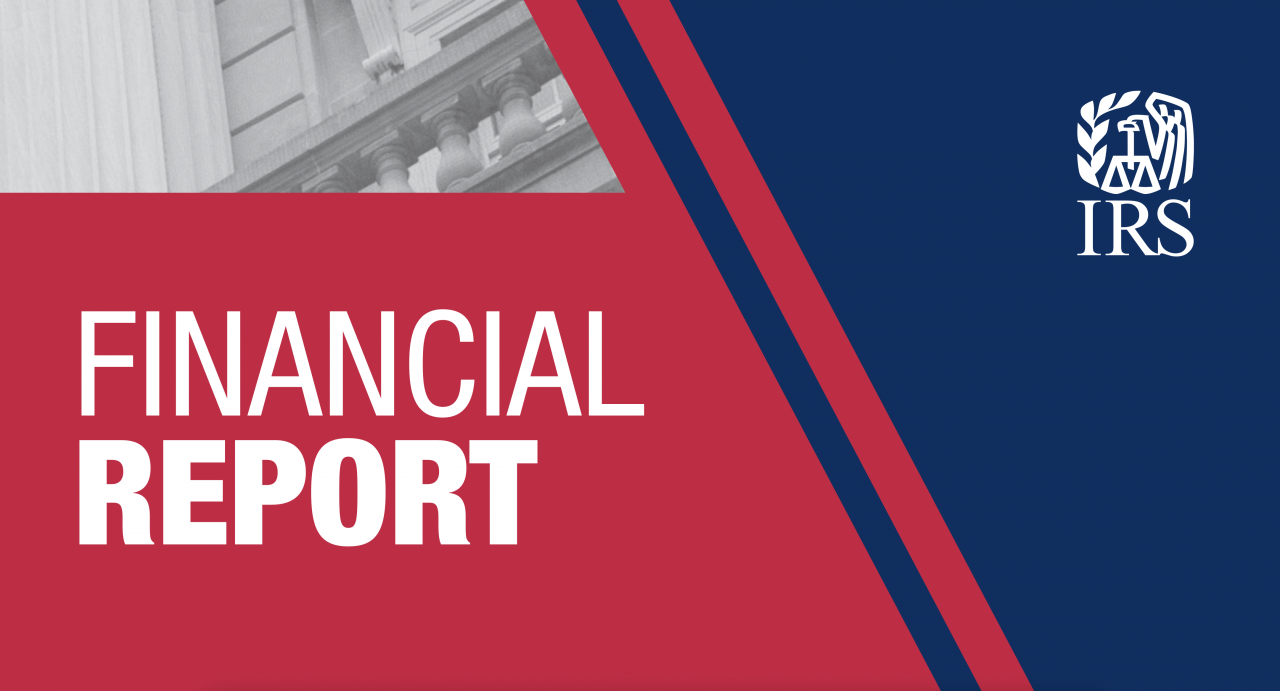The Internal Revenue Service today issued guidance for employers regarding the retroactive termination of the Employee Retention Credit. The Infrastructure Investment and Jobs Act, which was enacted on November 15, 2021, amended the law so that the Employee Retention Credit applies only to wages paid before October 1, 2021, unless the employer is a recovery startup business.
Notice 2021-65 PDF applies to employers that paid wages after September 30, 2021 and received an advance payment of the Employee Retention Credit for those wages or reduced employment tax deposits in anticipation of the credit for the fourth quarter of 2021 but are now ineligible for the credit due to the change in the law. The notice also provides guidance regarding how the rules apply to recovery startup businesses during the fourth quarter of 2021.
Employers who Received Advance Payments
Generally, employers that are not recovery startup businesses and received advance payments for fourth quarter wages of 2021 will avoid failure to pay penalties if they repay those amounts by the due date of their applicable employment tax returns.
Employers who Reduced Employment Tax Deposits
Employers that reduced deposits on or before December 20, 2021, for wages paid during the fourth calendar quarter of 2021 in anticipation of the Employee Retention Credit and that are not recovery startup businesses will not be subject to a failure to deposit penalty with respect to the retained deposits if—
- The employer reduced deposits in anticipation of the Employee Retention Credit, consistent with the rules in Notice 2021-24 PDF,
- The employer deposits the amounts initially retained in anticipation of the Employee Retention Credit on or before the relevant due date for wages paid on December 31, 2021 (regardless of whether the employer actually pays wages on that date). Deposit due dates will vary based on the deposit schedule of the employer, and
- The employer reports the tax liability resulting from the termination of the employer’s Employee Retention Credit on the applicable employment tax return or schedule that includes the period from October 1, 2021, through December 31, 2021. Employers should refer to the instructions to the applicable employment tax return or schedule for additional information on how to report the tax liability.
Due to the termination of the Employee Retention Credit for wages paid in the fourth quarter of 2021 for employers that are not recovery startup businesses, failure to deposit penalties are not waived for these employers if they reduce deposits after December 20, 2021.
If an employer does not qualify for relief under this Notice, it may reply to a notice about a penalty with an explanation and the IRS will consider reasonable cause relief.
More information for businesses seeking coronavirus-related tax relief can be found at IRS.gov.
Source: IRS-2021-242, December 6, 2021

